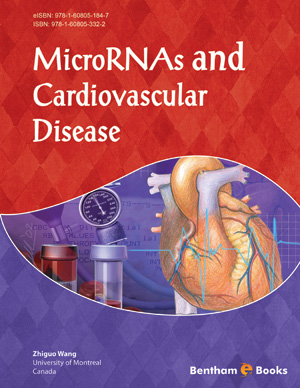Abstract
SHS investigation development is considered from the geographical and historical viewpoint. 3 stages are described. Within Stage 1 the work was carried out in the Department of the Institute of Chemical Physics in Chernogolovka where the scientific discovery had been made. At Stage 2 the interest to SHS arose in different cities and towns of the former USSR. Within Stage 3 SHS entered the international scene. Now SHS processes and products are being studied in more than 50 countries.
Abstract
The aim of this chapter is to introduce the role of miRNAs in the pathological process of cardiac hypertrophy/heart failure. Cardiovascular disease is among the main causes of morbidity and mortality in developed countries. In response to stress, the adult heart undergoes remodelling process and hypertrophic growth to adapt to altered workloads and to compensate for the impaired cardiac function. Pathological hypertrophy results in loss of cardiac function and is the major predictor of heart failure and sudden death. Recent studies have established the role of miRNAs in cardiac hypertrophy/heart failure as causal factors or important regulators. miRNAs are aberrantly expressed in various animal models and in patients with heart failure. The miRNAs involved in cardiac hypertrophy/heart failure can in general be divided into two categories: anti-hypertrophic and pro-hypertrophic miRNAs. This chapter introduces the roles of miRNAs in experimental and clinical cardiac hypertrophy/heart failure. Detailed description is given of the well-studied pro-hypertrophic miRNAs miR-195, miR-208 and miR-23a, and anti-hypertrophic miRNAs miR-1, miR-133 and miR-9.
Recommended Chapters
We recommend

Authors:Bentham Science Books


 Download PDF Flyer
Download PDF Flyer



